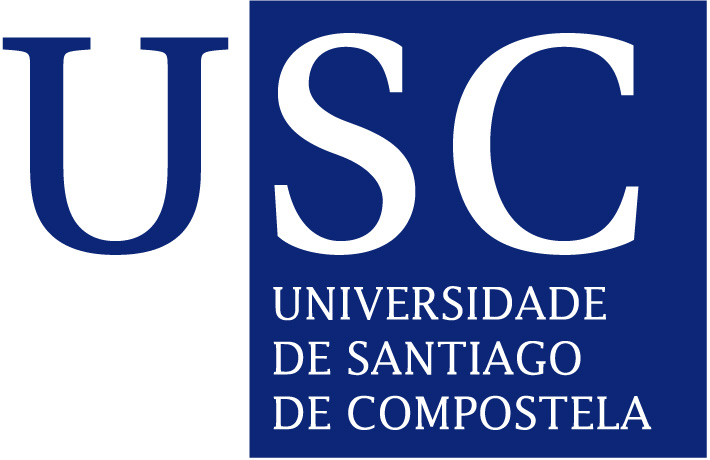Our research group has developed several software programs (all of them under MIT license) that form part of the Cathedral package (Pilgrim, Torsiflex and Q2DTor).
They can be downloaded freely from the following Github webpage (https://github.com/cathedralpkg) :
Pilgrim
- A user-friendly program written in Python 3 (Comput. Phys. Commun., 2020, 256, 107457). It was designed to use direct-dynamics to calculate thermal rate constants of chemical reactions and to simulate chemical kinetics mechanisms. It was designed together with Donald G. Truhlar from the University of Minnesota (http://truhlar.chem.umn.edu).
- For reaction processes with many elementary steps, each of these steps can be calculated using conventional transition state theory (TST) or In this version, Pilgrim can calculate thermal rate constants with the canonical version of the variational transition state theory (CVT), which requires the calculation of the minimum energy path (MEP) associated to each elementary step. Moreover, multi-dimensional quantum effects can be incorporated through the small-curvature tunneling approximation (SCT). The above methodologies are available for reactions involving a single structure and for reactions involving flexible molecules with multiple conformations. Specifically, for systems with many conformers the program can evaluate each of the elementary reactions by multi-path canonical variational transition state theory (MP-CVT) or multi-structural VTST (MS-VTST). Torsional anharmonicity can be also incorporated through the Torsiflex, MSTor or Q2DTor programs.
- Once all the rate constants of the chemical processes of interest are known, by means of their calculation using Pilgrim or by using an analytical expression, it is possible to simulate the whole process using kinetic Monte Carlo (KMC). This algorithm allows performing a kinetics simulation and monitoring the evolution of each chemical species with time, as well as providing its chemical yield.
Torsiflex
- A program that searches for and locates all the conformational isomers of flexible acyclic molecules. It employs an efficient algorithm that combines systematic and stochastic search (Front. Chem. 2020, 8, 16, J. Cheminform, 2021, 13:100).
Q2DTor
- A program to treat torsional anharmonicity trough pair torsions in flexible molecules. This software was designed to calculate accurate rovibrational partition functions and thermodynamic functions in flexible molecules using the extended tow-dimensional torsional (E2DT) method. The method can handle coupled pair torsions (Q2DTor: A program to treat torsional anharmonicity through coupled pair torsions in flexible molecules Anharmonicity of Coupled Torsions, Chem. Theory Comput., 2017, 8, 3478-3492).
AutoMeKin
- AutoMeKin (formerly tsscds) has been designed to discover reaction mechanisms in an automated fashion. Transition states are located using MD simulations and Graph Theory algorithms. Monte Carlo simulations afford kinetic results. The only input is a starting structure in XYZ format. The method is described in these two publications: 1 2. At present MOPAC2016, Entos Qcore and Gaussian (G09/G16) are interfaced with AutoMeKin. The program has been tested on the following Linux distros: CentOS 7, Red Hat Enterprise Linux and Ubuntu 20.04 LTS.
- AutoMeKin program wiki: http://rxnkin.usc.es/index.
php/AutoMeKin
The DALTON program suite
- The kernel of the Dalton suite is the two powerful molecular electronic structure programs, Dalton and LSDalton.
Together, the two programs provide an extensive functionality for the calculations of molecular properties at the HF, DFT, MCSCF, MC-srDFT, and CC levels of theory. Many of these properties are only available in the Dalton suite.
From 2020 you can also script some standardized Dalton and LSDalton calculations with the “Dalton Project” Python package, and you can use new features for post-processing, for example plotting spectra from the calculated results. Dalton Project is under active development, and the predefined types of calculations and ways to analyze the calculated results will continuously be extended.
https://daltonprogram.org

